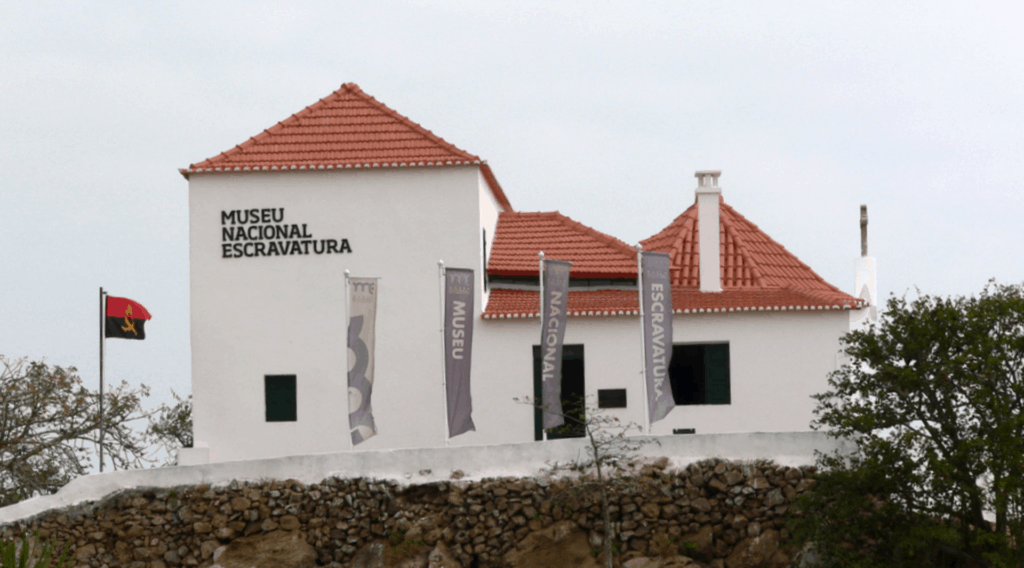

National Museum of Slavery
<h4>The National Museum of Slavery: A Haunting Reflection of Angola's Past</h4>
In the tranquil setting of Morro da Cruz in Luanda, Angola, there lies a site of profound historical significance - the National Museum of Slavery. Established under the auspices of the National Institute of Cultural Patrimony in 1977, the museum serves as a solemn chronicle of the harrowing epoch of slavery in Angola.
Nestled beside the 17th century Capela da Casa Grande, where enslaved individuals were forcibly baptized before their impending journey into the horrors of the transatlantic slave trade, the museum stands as a stark reminder of human cruelty. It features an extensive range of artefacts related to the slave trade, each item offering a chilling testament to the human capacity for inhumanity.
The museum inhabits the former estate of Álvaro de Carvalho Matoso, a man whose very name is intertwined with the history of the slave trade in Angola. As the captain of multiple presidios including the Forte de Ambaca, Fortaleza da Muxima, and Forte de Massangano, Matoso emerged as one of the most notorious slave traders on the African coast in the first half of the 18th Century. The vile enterprise of slavery persisted in his family until 1836, a year marked by a transformative decree from Maria II of Portugal prohibiting the export of slaves from the Portuguese Empire.
Though modest in its size, the National Museum of Slavery is colossal in its mission. It stands as a tribute to the Angolan people who survived the abhorrent era of slavery and serves as a stark memorial to the countless lives irrevocably marred by this period. The museum narrative primarily focuses on Portugal, the predominant European slave trader in the Angolan region, providing an insightful exploration of the Atlantic Slave Trade whilst simultaneously shedding light on the lesser-known aspects of African slavery before European involvement.
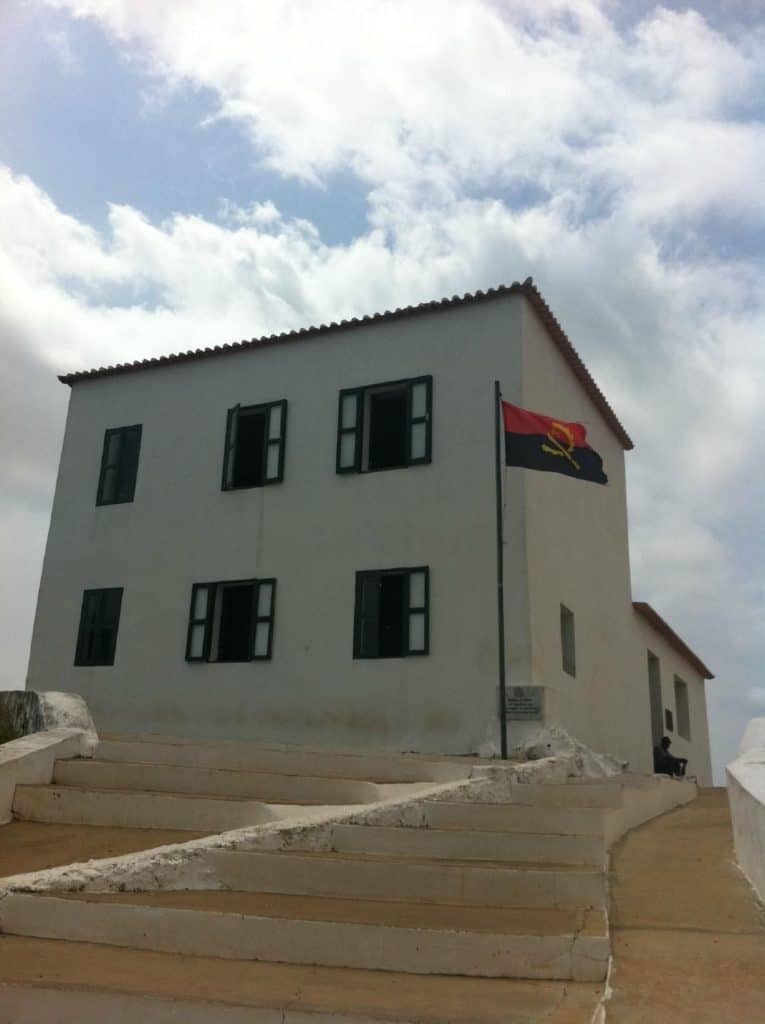
Location
Contact Information
Contact Listings Owner Form
National Museum of Slavery 0 reviews
Write Your ReviewThere are no reviews yet.

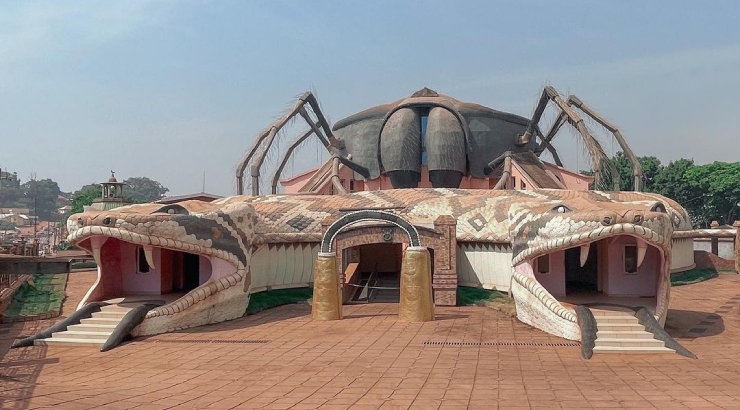

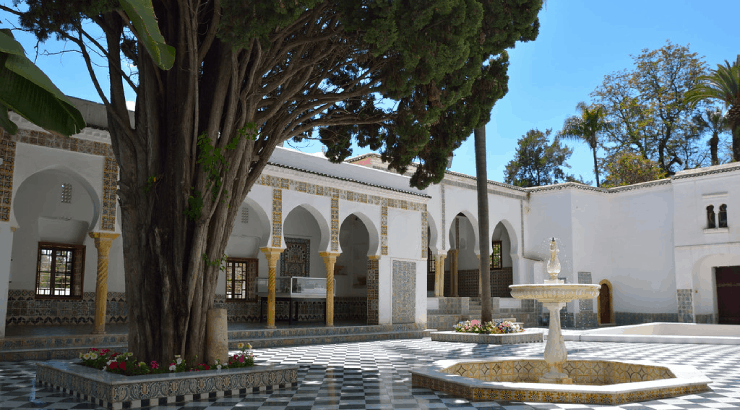
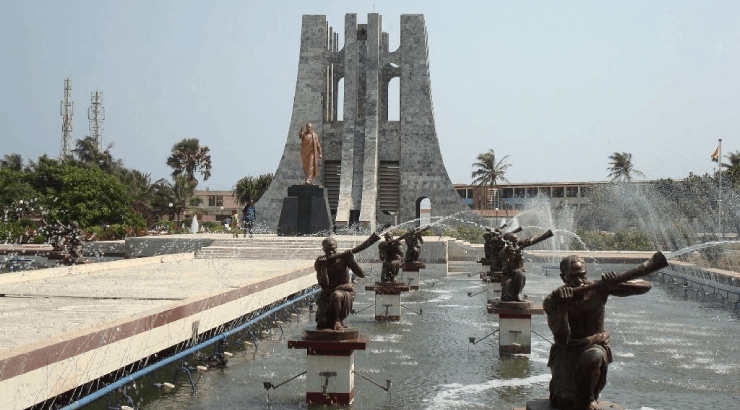

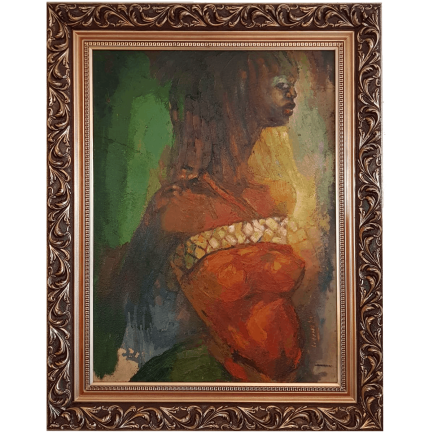




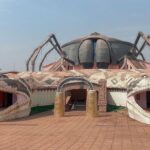
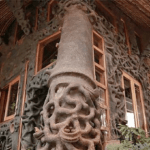
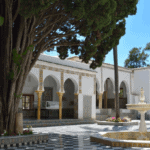
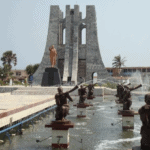
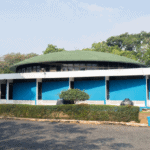
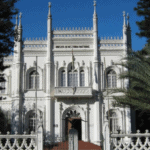
 No products in the basket.
No products in the basket.